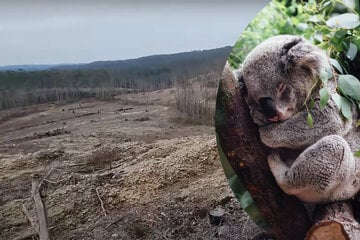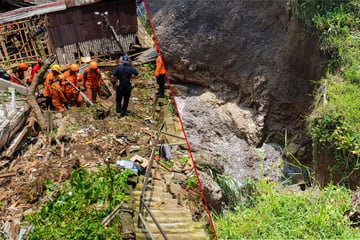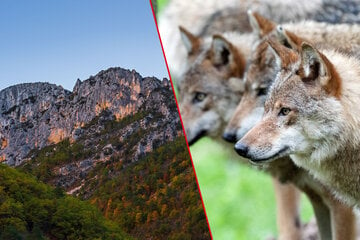Are koalas going extinct?
Sydney, Australia - In 2022, Australian authorities declared that koalas were to be reclassified as "endangered at risk of extinction." Two years later, a change in governance and a four-point plan is in place, but is it enough?
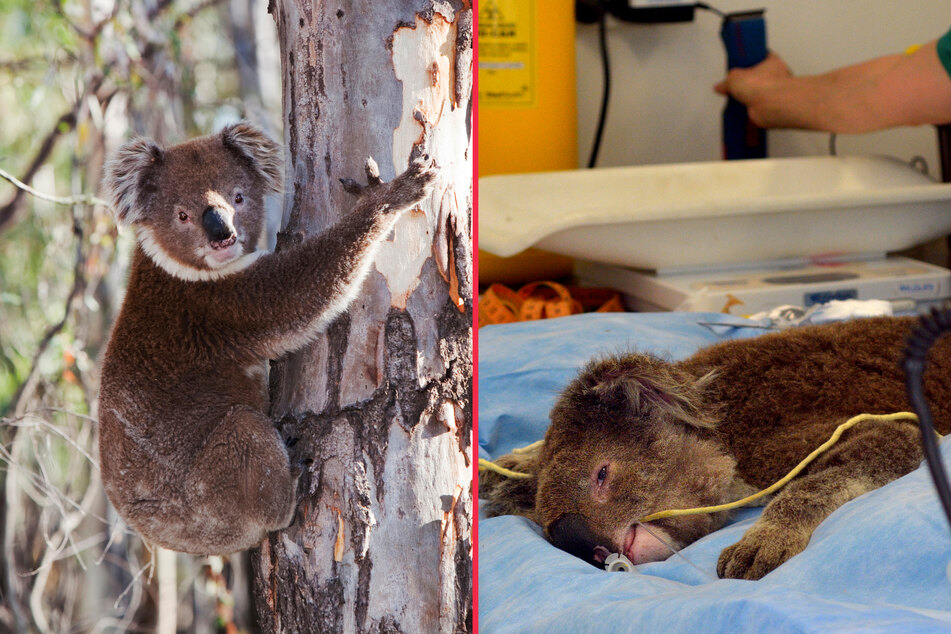
On March 25, 2023, the people of Australia's eastern and most populous state, New South Wales (NSW), voted to change the government. While you wouldn't have believed it from news reports at the time, the election was a referendum on the future of Australia's most famous and beloved animal – the koala.
At the time, it seemed that the path forward was quite simple: to introduce a great koala national park, enshrined in law, to cut back deforestation rates that were comparable to countries like Brazil and the Democratic Republic of the Congo, and to tackle climate change.
Yet, things don't always go to plan. While it was obvious that the climate issue would be difficult to achieve without international consensus, it was small fish compared to the other two – both of which, a year later, seem stalled. As a result, many still fear that koalas will be extinct by 2050.
So, are koalas actually going to go extinct?
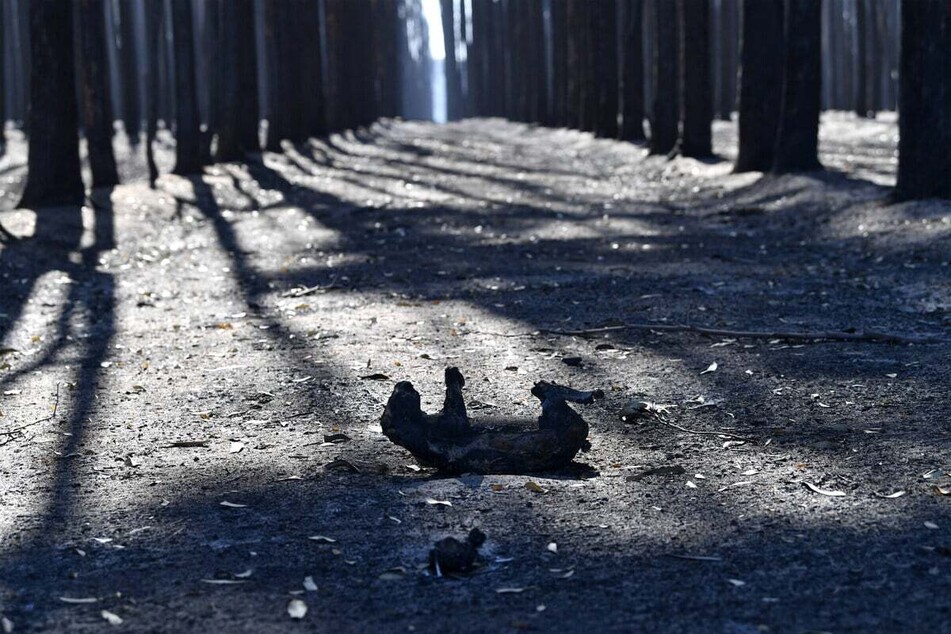
When we first reported on the status of koala populations shortly before the state elections in NSW last year, things were looking bleak for koalas. At the time, the Australian Koala Foundation estimated that less than 58,000 koalas were left in the wild.
In a report released last November, the same organization stated that "despite being listed as Endangered in Queensland, New South Wales, and the Australian Capital Territory, the koala situation hasn't improved." In addition, they are still not protected in Victoria or South Australia.
Estimates suggest that populations have not significantly increased or improved in the last year either, with a 30% decrease in overall abundance since 2018 and a 41% decline in NSW specifically. The most shocking revelations, though, came in three simple words: "No upward trends."
Way back in 2020, the NSW government released a report confirming that if the trajectory continued, we would see a total extinction of koalas by 2050. World Wildlife Fund has since dedicated itself to doubling the number of koalas across Australia's east by that same year, despite the fact that populations have halved in the last twenty years.
Since the report was released, study after study seems to have reiterated these claims, and very little has come out that seems hopeful. In the NSW government report, it was revealed that in some areas of NSW, the 2019 fires may have caused a more than 90% loss in population. In other words, total decimation.
It seems irrefutable at this point that if no serious long-term action is taken, koala populations will continue to decline rapidly, and extinction is likely to occur before or around 2050. Considering that there is already huge amounts of work being done by environmental groups, it's time for government to step in.
Are things improving for koalas, and what can be done?
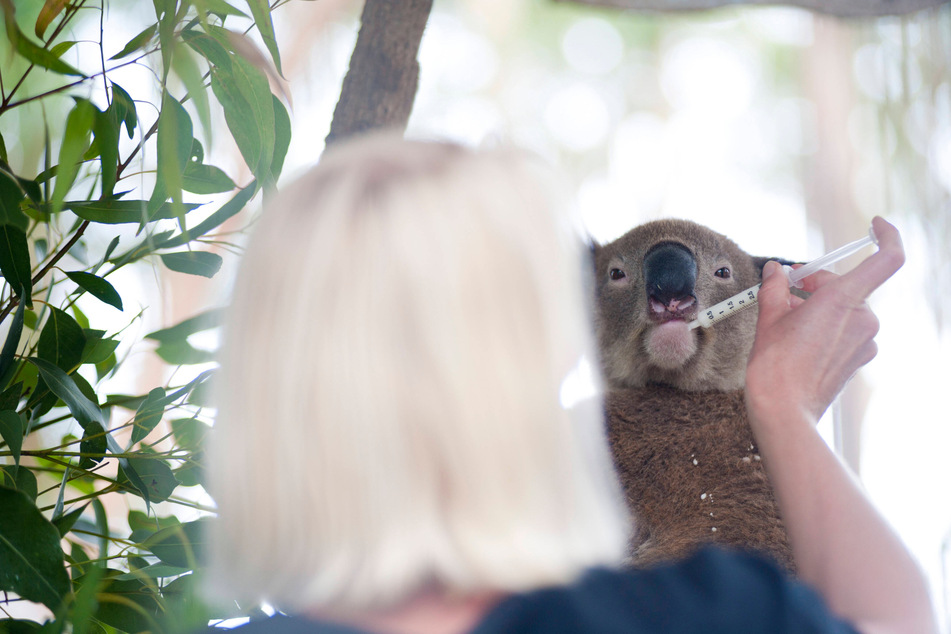
The newly elected Labor-led NSW government, led by Chris Minns, went to last year's election dedicated to the conservation of koalas and the establishment of a Great Koala National Park. A year later and the state government is facing criticism that so-far only $80 million AUD (approx. $51 million) have been dedicated to the project.
In November, the Minns government announced three advisory panels to present various views on the project from various industries. Minns explained the move by saying that it will "ensure we consult with all stakeholders to create a park that will both protect our native animals and create jobs, tourism, and other economic opportunities."
A report by Kim Wingerei of Michael West Media, an independent news organization in Australia, was particularly critical of the situation in September, calling it a "scam" because, at the time, only five percent of the proposed national park was protected from logging.
It is worth noting that in such a short time, it can hardly be expected for a government to impose wide-reaching reforms to land rights over an area of more than 432,000 acres. Progress is still being made, and the Great Koala National Park, as revolutionary as the idea is, is not the only approach being taken.
The Minns government has also adopted the previous conservative coalition government's approach, maintaining a commitment of $190 million AUD ($122 million) under four pillars: "Koala habitat conservation," "Supporting local communities to conserve koalas," "Improving the safety and health of koalas," and "Building our knowledge of koalas."
It's also important that other areas are used to maintain the conservation of koalas. Reintroducing better funding to rural firefighting is vital, especially after the tolls of the 2019 blaze, and better land management, in general, needs to be maintained if the koala is ever going to survive in NSW.
In terms of policy and activism, the situation has certainly improved over the last year. When it comes to raw numbers of koala populations, though, not much has changed. While the former has a delayed result upon the latter, it seems that a lot more needs to be done if we are to see koalas in the wild when 2050 comes knocking.
Cover photo: Collage: IMAGO/Pond5 Images/Newscom World
